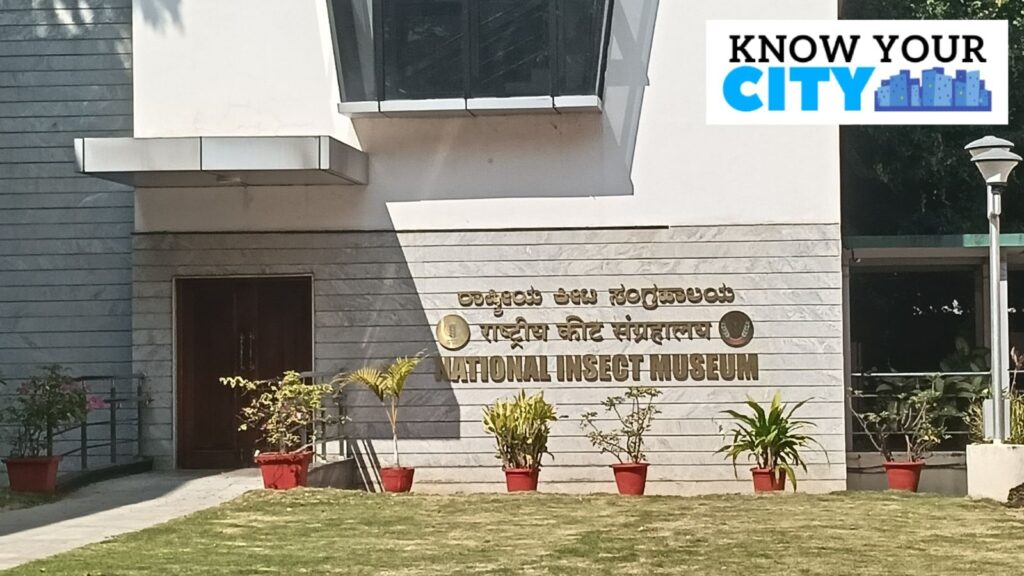Insects might not be the first thing that comes to mind when one thinks of the extensive collections and archives of the museums of Bengaluru, but that is exactly what a lucky visitor might expect to see at the National Insect Museum at the National Bureau of Agricultural Insect Resources (NBAIR) campus in Hebbal.
Story continues below this ad
While the museum is only accessible to the public on designated days or for school visits, the section most visitors will see is the main display gallery. The gallery contains a host of information about insects. Starting from the evolution of insects, which began 480 million years ago in the Ordovician era, the gallery educates visitors on the wide spectrum of insect types and species, as well as their diverse body morphologies.
One may also expect to see several insect nest specimens – ranging from the easily-recognised honeybee comb to hornet nests of various sizes, composed of chewed wood pulp or other materials.
Story continues below this ad
Also highlighted are various insect materials of economic importance, such as lac, as well as the various bio-control agents researched by the NBAIR to address agricultural pests nationwide.
 Jars of the fearsome-looking predatory insect Sycanus collaris and tiny wasps from the genus Goniozus, reared in plastic test tubes, are used as a method to target the coconut black-headed caterpillar. (Express photo)
Jars of the fearsome-looking predatory insect Sycanus collaris and tiny wasps from the genus Goniozus, reared in plastic test tubes, are used as a method to target the coconut black-headed caterpillar. (Express photo)
As NBAIR scientist Dr Ankita Gupta explains, the concept of insects being “pests” arises in monocultures of agriculture, where there is a single species of plant (or very few), thus a natural predator of these pests causes less disruption than using only chemical pesticides, for instance.
Story continues below this ad
One of the recent successes at the NBAIR was the deployment of the parasitoid wasp Anagyrus lopezi to combat the invasive mealybug, which has been wreaking havoc on the Indian tapioca crop. The eggs of these wasps are laid in the pest using a specialised stinger, hatch into larvae which consume it from within.
NBAIR also maintains a collection of live insect cultures (137 species in total) at their Hebbal premises. Most of these are bio-control agents intended to target specific pests, while a few are hosts reared as food for the rest of the insect cultures.
These include jars of the fearsome-looking predatory insect Sycanus collaris and tiny wasps from the genus Goniozus, reared in plastic test tubes, which are used as a method to target the coconut black-headed caterpillar. NBAIR is also working on methods to control other major pests, such as the coconut whitefly.
Story continues below this ad
Another section of the museum is a repository of insect specimens, intended solely for research purposes and not usually open to the general public. It also functions as a hub for type specimens – the first described specimen of a newly discovered species can be sent here, for reference and future identification. As many as 491 such specimens are located here.
The repository itself is a controlled environment, both in terms of temperature and the heavy use of camphor as a preservative. The dense shelves in this collection house over 3,00,000 dry specimens and a vast collection of wet specimens, encompassing all major insect orders, as well as spiders. The collection amounts to several thousand species of insects.
It also houses a few stand-out specimens. These include the tiny fairyfly wasp Kikiki huna, which is difficult to see with the naked eye, to the gigantic Atlas moth. Other specimens hosted in this collection include a preserved Indian Violet Tarantula.


